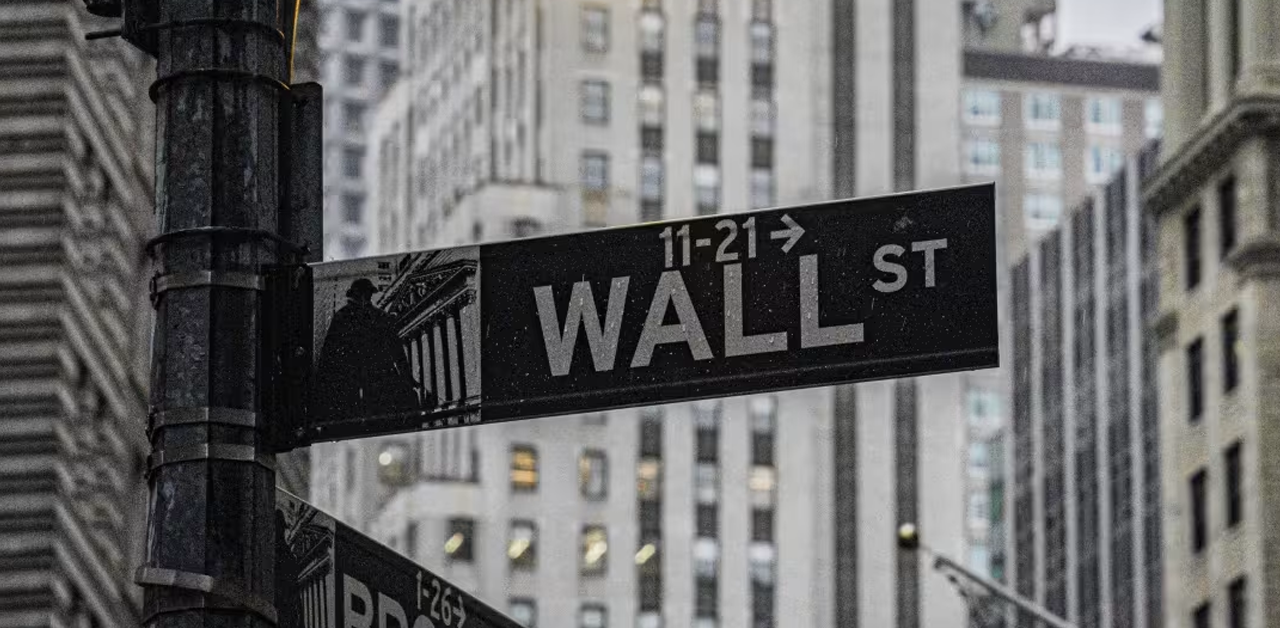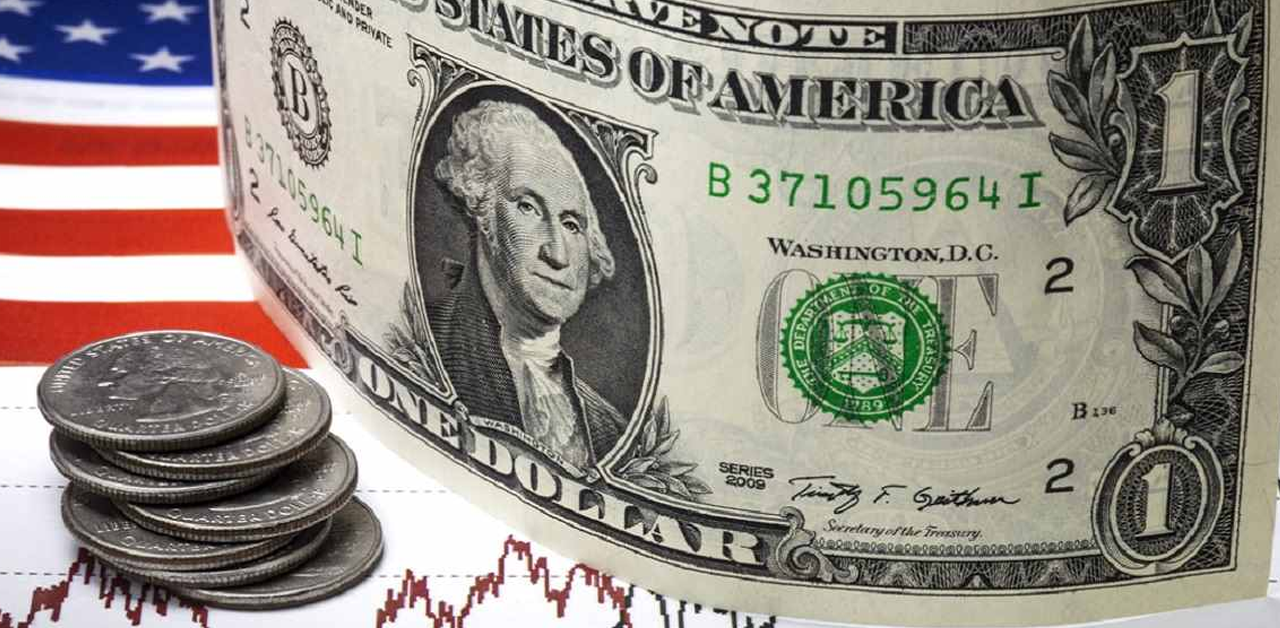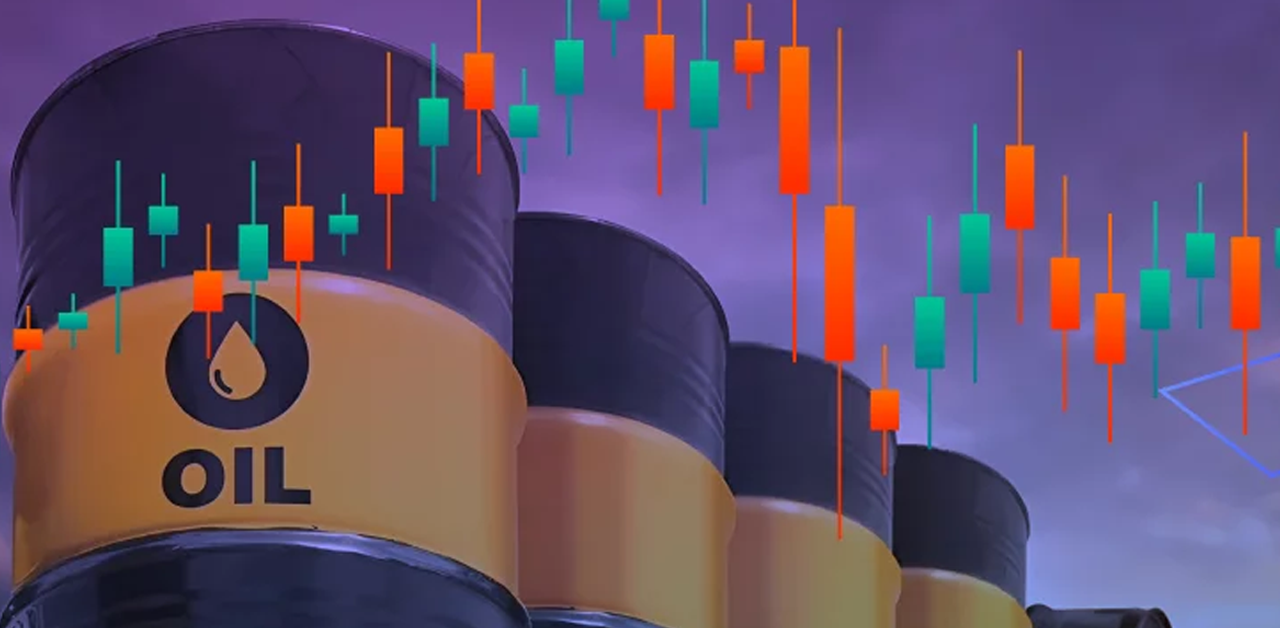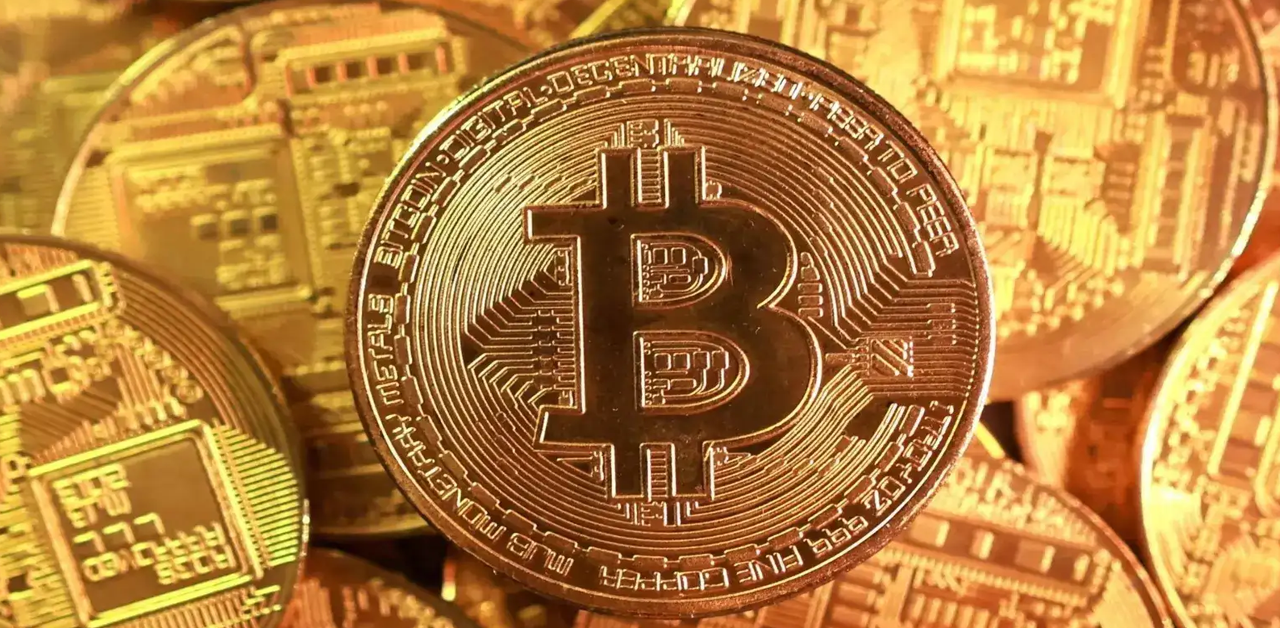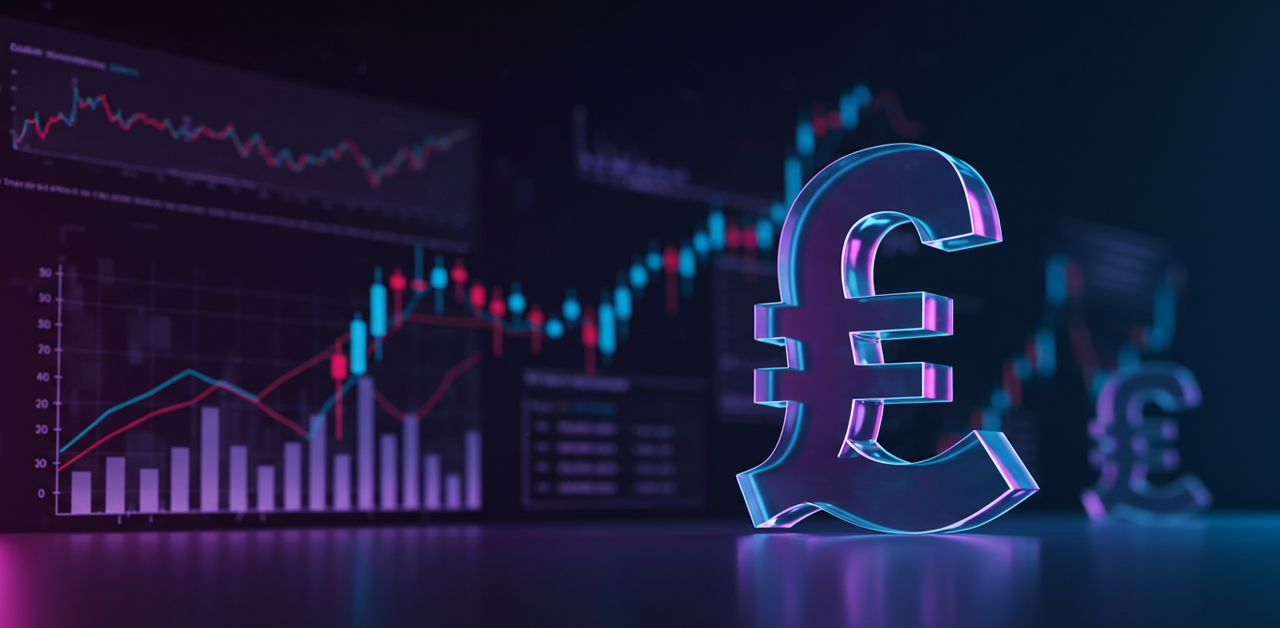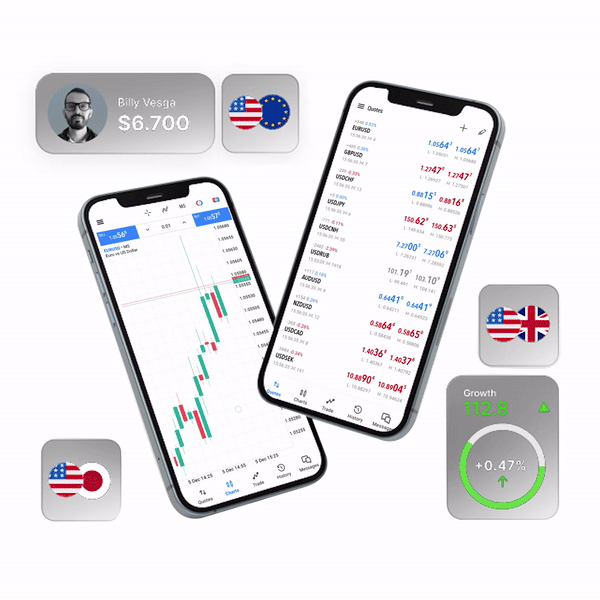Have you ever wondered how people make money by trading currencies online? That’s forex trading — one of the world’s largest and most liquid financial markets. Whether you’re a curious beginner or someone looking to diversify your investment portfolio, understanding forex trading and how it works is the first step to getting started.
In this guide, we’ll break down the basics of forex trading in simple terms and explain how it works in real life.
What Is Forex Trading?
Forex trading, short for foreign exchange trading, is the process of buying one currency while simultaneously selling another. It involves trading currency pairs, such as EUR/USD (Euro vs. US Dollar) or GBP/JPY (British Pound vs. Japanese Yen).
The forex market is decentralized, meaning it doesn’t operate through a central exchange like the stock market. Instead, it functions 24 hours a day, five days a week, across major financial centers in London, New York, Tokyo, and Sydney.
With over $7 trillion traded daily, forex is the largest financial market in the world — even bigger than the stock and commodities markets combined.
How Does Forex Trading Work?
Forex trading works by speculating on the price movement of currency pairs. Traders aim to profit from fluctuations in exchange rates between two currencies.
Currency Pairs
All forex trades involve a pair of currencies. The first currency is called the base currency, and the second is the quote currency. For example, in the pair EUR/USD:
- EUR is the base currency
- USD is the quote currency
If EUR/USD is trading at 1.1000, it means 1 Euro equals 1.10 US Dollars.
How Profits Are Made
Let’s say you believe the Euro will rise against the Dollar. You buy EUR/USD. If the exchange rate goes up, you can sell at a higher price and make a profit. On the other hand, if the rate falls, you could face a loss.
Similarly, if you think the Euro will drop, you can sell EUR/USD and buy it back later at a lower price — this is called short-selling.
What Moves the Forex Market?
Understanding what influences currency prices is key to successful trading. Some of the most common factors include:
- Economic Data – Reports like GDP, inflation, and employment rates impact a country’s currency strength.
- Interest Rates – Higher interest rates often attract foreign capital, strengthening a currency.
- Political Events – Elections, geopolitical tensions, and government policies can cause volatility.
- Market Sentiment – Global news, investor mood, and risk appetite play a big role in price movement.
How to Start Forex Trading
Starting forex trading is easier than you might think, but it requires preparation. Here’s a step-by-step guide:
1. Learn the Basics
Before investing real money, educate yourself about how forex trading works. Learn about currency pairs, pips, lots, and leverage.
2. Choose a Reputable Forex Broker
Look for a regulated forex broker that offers a user-friendly platform, low spreads, and strong customer support.
3. Open a Trading Account
Most brokers offer demo accounts where you can practice trading with virtual funds before moving to a live account.
4. Develop a Trading Strategy
Every successful trader follows a plan. Choose a strategy that suits your risk tolerance and trading style (scalping, day trading, swing trading, etc.).
5. Use Risk Management
Never risk more than you can afford to lose. Tools like stop-loss orders can help you limit your losses.
Why Forex Trading Appeals to Many
Forex trading offers several advantages:
- High Liquidity – You can enter or exit trades quickly, even with large volumes.
- Low Costs – Many brokers offer commission-free trading; they make money from spreads.
- Leverage Opportunities – Trade larger positions with a smaller initial investment (but use caution).
- Flexible Hours – Trade any time of the day or night during the trading week.
Is Forex Trading Right for You?
Forex trading can be exciting and profitable, but it’s not without risk. It requires discipline, continuous learning, and a good understanding of how the market works. If you’re willing to put in the time to learn and practice, forex can become a rewarding part of your financial journey.
Conclusion
To sum up, forex trading is the global exchange of currencies, offering opportunities to profit from price movements. If you’ve ever asked, “How does forex trading work?” — now you know the basics: it’s about buying one currency while selling another, based on where you believe the market is headed.
Whether you’re looking to trade part-time or become a full-time forex trader, the key to success lies in education, strategy, and risk management.


